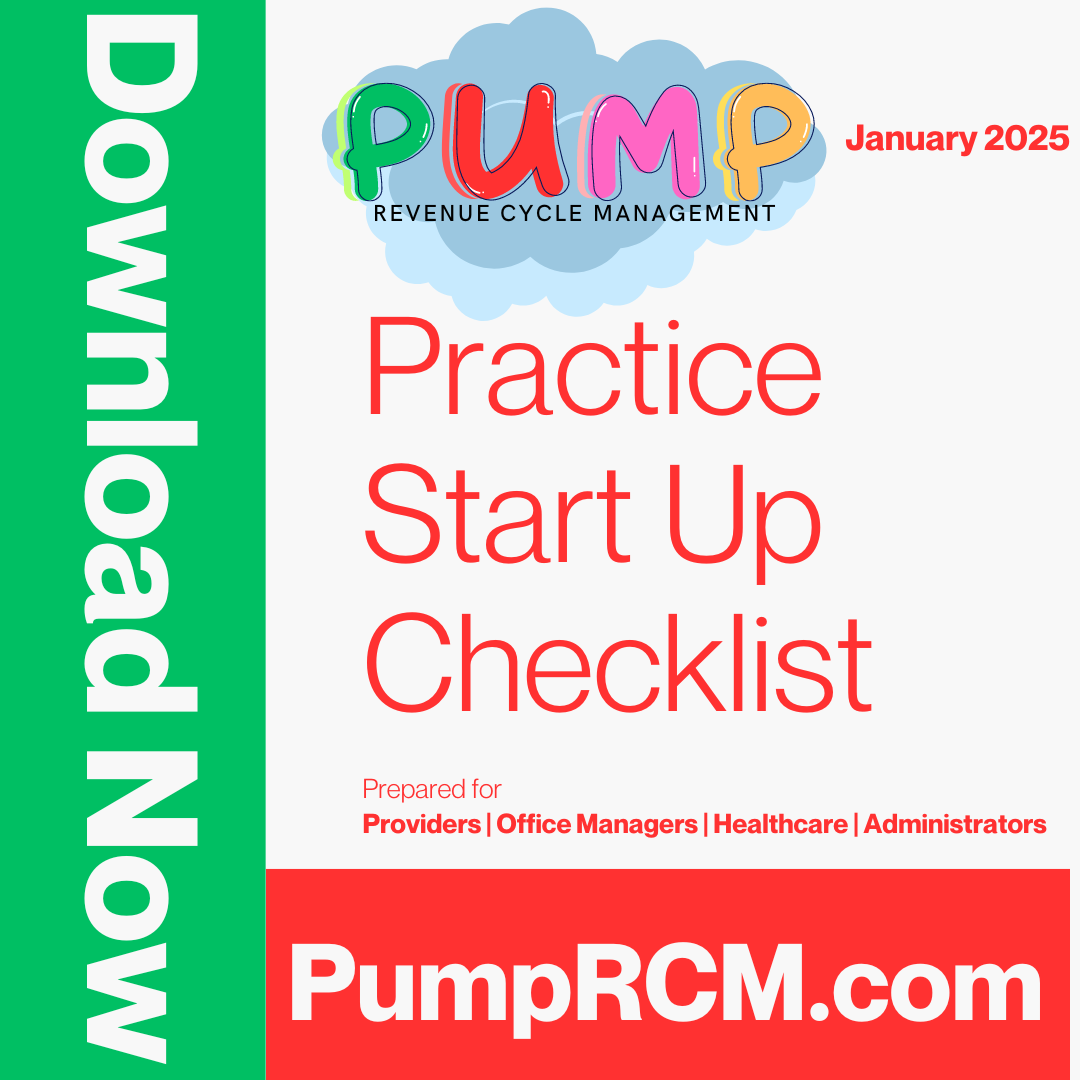A Comprehensive Overview on Exactly How Health Care RCM Functions to Improve Payment and Collections
Browsing the complexities of health care revenue cycle administration (RCM) is vital for providers aiming to enhance their invoicing and collections procedures. The guide unboxes the details of RCM, from patient registration to accounts receivable monitoring, providing understandings into enhancing each action.
Understanding Earnings Cycle Management
Grasping the ins and outs of Earnings Cycle Management (RCM) is vital for healthcare organizations aiming to enhance their economic efficiency. RCM is an important administrative function that includes the whole financial process of person treatment, from the initial consultation setting to the last settlement of the equilibrium. It is a complex treatment designed to identify, collect, and manage the revenue from the services offered to people. Reliable RCM ensures that healthcare providers get exact and timely repayments, lessening the threat of profits loss and enhancing capital.
The RCM procedure begins when a client schedules an appointment and extends via the person's treatment journey, consisting of invoicing and collections. An essential objective is to minimize the time between supplying a service and obtaining settlement, hence boosting the company's financial wellness. RCM includes various features such as client registration, insurance policy confirmation, fee capture, coding, claims entry, payment uploading, and handling rejections and appeals.
Secret Parts of RCM
In the world of Income Cycle Management (RCM), recognizing its crucial components is basic to accomplishing financial effectiveness within healthcare companies. RCM is an extensive procedure that incorporates numerous stages, each essential to making certain effective billing and collections. The primary elements include person registration, insurance coverage confirmation, fee capture, coding, case submission, payment uploading, and balance due monitoring.


Once coded, insurance claims are submitted to payers, where precision is vital to stay clear of rejections or hold-ups - Healthcare RCM. Settlement posting entails recording the gotten settlements, which permits the reconciliation of accounts. Lastly, balance dues monitoring concentrates on tracking and dealing with unpaid insurance claims, making sure timely follow-up and resolution
Each part of RCM is interconnected, and inefficiencies in any part can disrupt the entire cycle. Consequently, grasping these components is vital for healthcare suppliers to enhance profits and improve their monetary health and wellness.
Approaches for Efficient Billing

Systematizing payment procedures across the company is an additional key strategy. Developing clear guidelines for documents, coding, and submission assists preserve uniformity and conformity with regulatory requirements. Educating team consistently on these treatments makes certain everyone is up-to-date with the current adjustments in invoicing codes and payer plans.
Precise charge capture is essential in avoiding profits leakage. Applying normal audits and tracking systems permits the recognition and improvement of discrepancies prior to they affect earnings. In addition, maintaining open lines of interaction with payers assists to quickly resolve any type of disagreements or misunderstandings that may develop.

Last but not least, engaging patients early in the billing process by providing clear estimates and instructional products concerning their monetary obligations can dramatically reduce complication and enhance settlement timeliness. These techniques collectively add to an extra economically healthy and efficient payment system.
Enhancing Collections Processes
A durable collections procedure is essential for keeping financial security within medical care companies. Given the complexities of clinical invoicing and the variety of payer needs, improving the collections procedure includes executing calculated steps that make certain exact and prompt settlement of solutions rendered. Central to this is using technology to automate and improve procedures, look here enhancing and minimizing manual errors efficiency. Automation tools can aid in tracking claim conditions, sending out prompt pointers to patients, and taking care of denials extra successfully.
Educating staff to understand the nuances of insurance coverage and billing codes is equally vital. This knowledge empowers them to address payment disparities rapidly and connect properly with people regarding their monetary duties. In addition, clear and clear client communications are critical. Offering detailed explanations of fees and supplying flexible layaway plan can boost client satisfaction and punctual payments.
Normal audits of the collections procedure must be carried out to determine locations for renovation and ensure conformity with policies. By evaluating information, health care organizations can recognize patterns, anticipate prospective issues, and adapt strategies as necessary (Healthcare RCM). Eventually, a well-enhanced collections process not just sustains economic health yet likewise contributes to a more smooth experience for patients and personnel alike
Optimizing Earnings Streams
Structure upon the foundation of a strong collections procedure, healthcare companies can additionally boost their monetary stability by purposefully optimizing profits streams. This involves a multi-faceted approach, starting with an extensive evaluation of existing earnings resources to identify inadequacies and areas for growth. Employing sophisticated information analytics tools allows companies to get insights into payer mix, individual demographics, and solution application patterns, permitting for data-driven choices that enhance income capture.
Executing automated payment systems can substantially lower mistakes and expedite claims refining, ensuring that income is collected much more successfully. Additionally, enhancing payer contracts through regular negotiations can improve repayment rates and terms, directly impacting the bottom line. Diversifying service offerings, such as incorporating telehealth or wellness programs, can additionally draw in a wider individual base, thus raising revenue potential.
Another essential part is enhancing patient engagement and complete satisfaction, as satisfied individuals are more most wikipedia reference likely to abide by treatment plans and make timely payments. Offering adaptable payment alternatives and clear invoicing methods can enhance collections and foster individual loyalty. Healthcare RCM. By adopting these strategies, medical care companies can produce a more resistant economic framework, guaranteeing continual growth and stability in an ever-changing industry landscape
Verdict
In verdict, health care Income Cycle Administration (RCM) plays an essential role in maximizing invoicing and collections procedures by integrating crucial elements such as client registration, insurance confirmation, charge capture, coding, claims entry, and balance due administration. By using innovative technology, standardizing procedures, and fostering individual interaction, doctor can substantially decrease case rejections, accelerate repayment cycles, and boost capital. This thorough method to RCM inevitably results in improved economic efficiency and sustainability for health care companies.
The RCM procedure begins when an individual timetables an appointment and prolongs through the individual's care journey, including invoicing and collections.An additional essential component is boosting patient interaction and complete satisfaction, as completely satisfied patients are extra likely to adhere to therapy strategies and make prompt payments. Providing versatile repayment alternatives and transparent invoicing methods can boost collections and foster patient loyalty.In conclusion, health care Income Cycle Administration (RCM) plays an essential function in maximizing billing and collections processes by incorporating key components such as client registration, insurance coverage confirmation, cost capture, coding, asserts submission, and accounts receivable monitoring. By utilizing sophisticated modern technology, standardizing treatments, and fostering individual involvement, health care suppliers can significantly decrease their website insurance claim denials, speed up settlement cycles, and improve money flow.